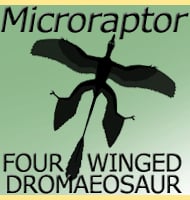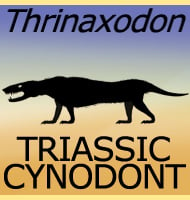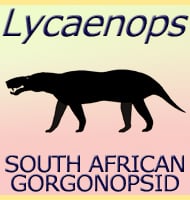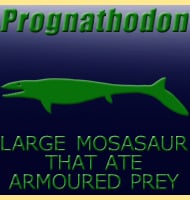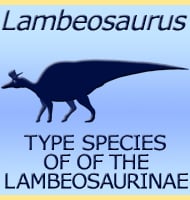In Depth
Serikornis is a genus of small anchiornithid dinosaur that lived in China during the late Jurassic. The holotype individual of Serikornis clearly shows the extent of feathers covering the body of this small dinosaur. What is surprising though is how much these feathers varied in relation to different parts of the body. A downy feather covering seemed to cover everything except extremities such as feet, fingers and snout. Strongly vaned feathers grew from the arms and legs, while wisp like bundles grew from the neck. The skeletal structure and reconstructed build of Serikornis however show that this dinosaur was most likely a ground dwelling animal.
Further Reading
- A new Jurassic theropod from China documents a transitional step in the macrostructure of feathers. - The Science of Nature 104:74. - U. Lef�vre, A. Cau, A. Cincotta, D.-Y. Hu, A. Chinsamy, F. Escuilli� & P. Godefroit - 2017.

